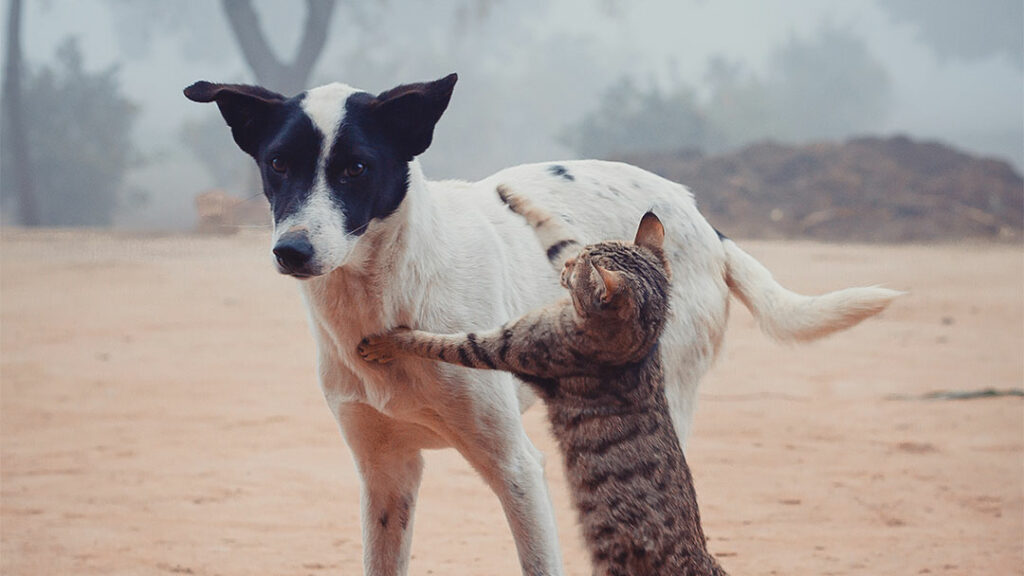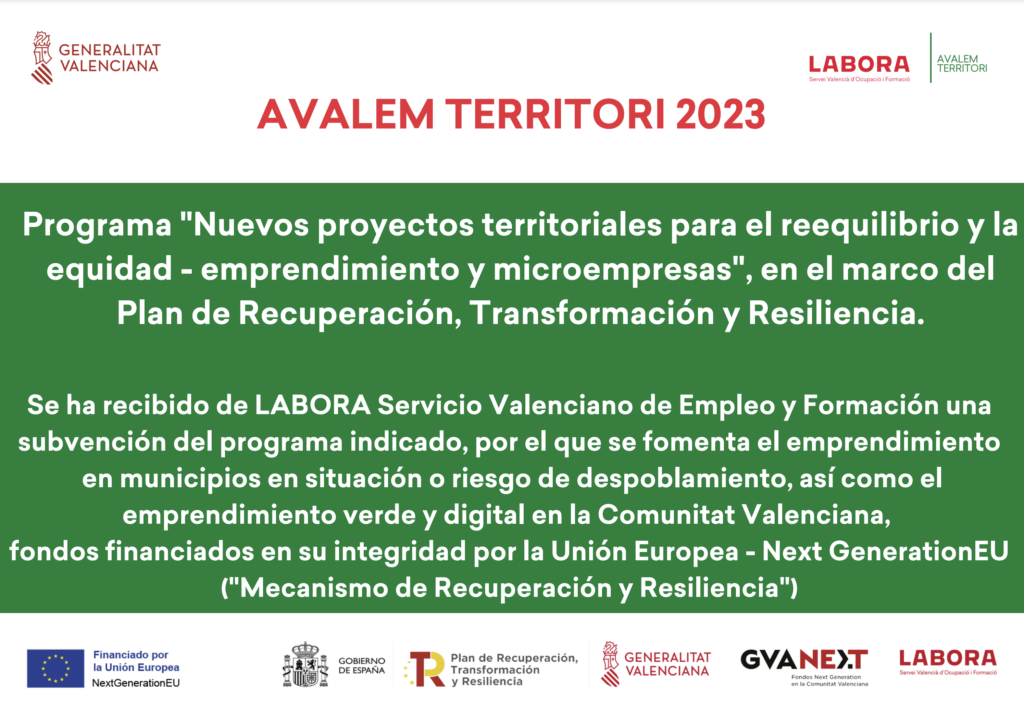For an outdoor cat, life is a grand adventure, as they scout out the neighbourhood, climb trees and take in the fresh air. But as caring pet owners, we want to make sure they have a place to call their own, whether indoors or in the great outdoors. The right outdoor cat house for cats can have a big impact on their quality of life at all times, but especially in cold, rainy weather, etc. Read on to find out the most important things to consider when choosing the best outdoor cat house for your cat.
Why Outdoor Cats Need a Cat House
We’re living in an age where many people have been conditioned to accept that cats can just roam into the great outdoors and take care of themselves, but that couldn’t be further from the truth. Cats who live outside must struggle with the rain, the wind, the cold, and the predators. With a well-built, insulated cat house, your cats will be able to stay warm and enjoy a good night’s sleep or lazy days resting, while being protected from inclement weather. In addition, a dedicated shelter helps to keep cats locally, and out of risk of traffic accidents, or more aggressive animals.
1. Consider the Size and Comfort
The size of the cat house is the first and most important thing that you should pay attention to when shopping for a cat house. Your shelter should be sufficient room for your cat to lay down, stand up and turn around without restriction; however, it should not be too spacious so they can’t use their body to maintain heat. For the most part, a cat house should be the perfect size for your cat to walk in, turn around and lie down comfortably. A small interior will stay warm, which is crucial during the winter.
Inside, you may want to put something soft like straw or a fleece blanket or a commercial cat bed. Straw is a fine natural insulator, one that is free of moisture retention (so is superior to blankets for damp environs). Ensure the bedding be cleaned easily and changed frequently to keep the cage in good hygiene.
2. Prioritise Weatherproofing and Insulation
A good cat house also should provide some measure of protection from the wind, rain, snow, and extreme temperatures. Seek out water-resistant or waterproof materials like treated wood, heavy-duty plastic or insulated foam panels. The roof should be pitched so that the rainwater drains away from the shelter, avoiding leaks or pools on the surface.
Insulation is important for keeping your cat warm at night. Homes that have two walls or insulated panels can keep heat in and drafts out, Mr. Dryen said. You can also use weatherproof flaps over the opening to block out cold air. The raised floors are another intelligent detail, a measure that should keep the damp and the cold from the ground outside from invading the space.
3. Durable Materials for Longevity and Safety
Cat houses that are designed for the outdoors are likely to experience amplified weather conditions, as well as rough use. Wooden cat houses are the most popular type of cat house because wood is a natural insulator, it’s durable and has a nice look. Untreated wood can decay and can be subject to pest infestation, so choose wood that has been treated or coated with pet-friendly, weather-resistant treatments.
Plastic or resin cat houses are lightweight, easy to clean and water-resistant, but they might not have as much insulation unless they’re designed with that in mind. Stay away from metal houses as they can get hot in the summer and cold in the winter, which is not comfortable for cats.
Whatever the material, ensure there are no protruding sharp edges or toxic paints that could harm your cat.
4. Easy Access and Maintenance
Your outdoor cat house needs an entrance that your cat can easily get into that also helps hold in warmth. A door flap or tunnel entrance should suffice by shielding them from the wind and rain and making it easier for your cat to come and go. The size of the entrance should be appropriate to your cat’s size — not too large, to admit drafts, and not too small, to make entering a struggle.
Also, its maintenance is also another factor to be taken into account. Select cat houses that have easily removable roofs or panels for cleaning. Its regular use helps prevent the accumulation of dirt, parasites and odours, ensuring a healthy environment for your cat.
5. Placement and Safety Considerations
Where you put your cat house is just as important as the house itself. Search for a sheltered, quiet area that’s out of the way of heavy foot traffic, loud noise, or predators such as dogs or wildlife. Put the house in a place where your cat can quickly see oncoming threats, but still feels safe.
The cat house is slightly raised off the ground to protect against flooding while also keeping the house dry. Place the house nearby if you can, so the cat will have the same surroundings and be able to find food and drink.
6. Additional Features to Enhance Comfort
A few cat houses have FS extras that improve comfort and functionality. Outdoor heated pads may offer additional warmth in winter but should be used with caution, as always. Some ventilation holes are required to cool down better in the summer and not to become heavier, overheated.
Then you can destroy the entire cat bed to kill any parasites. If you have more than one outside cat, you may want to think about a larger cat home or more than one shelter for your cats to avoid any territorial issues. You may also prefer to have a house with a front porch or overhang for additional protection
7. Budgets and Style
Cat houses are available at multiple price points, including those for tight budgets and insulated luxury cabins. Choose a budget that matches your needs with quality and longevity. Buying a solid, insulated cat house may save money over the long term, since it could last for years and reduce your cat’s risk.
The appearance might not be the most important factor, but you will find a cat house that matches your yard or garden. Some models are designed to resemble tiny cottages and can add charm to any outdoor space while also serving a functional goal.
8. DIY Options and Customisation
If you like DIY or carpentry, here’s an option for you: you could build your own cat house. It’s also custom, meaning it will be made to the perfect size, insulation, material, and style for your very own cat. Many online plans and tutorials can help walk beginners through the process.
A few things out of the tons you can work with when doing it yourself, just make sure to use the right stuff (non-toxic, waterproof finish and proper insulation) when crafting. A removable roof or hinged door makes it easier to keep clean and maintain.
Conclusion
The ideal cat house for your outdoor cat will depend on size, material, weather-proofing, insulation, and placement. By offering a warm and dry cat condo give your pet shelter from the cold, rain or snow, to make your cat warm and comfortable. Whether you end up purchasing a premade insulated cabin or building your own, your outdoor kitty will thank you for the cosy retreat you give them that encourages their wild side, whilst ensuring their safety. By using these key pointers, you can stay informed about how to choose and purchase a good outdoor cat shelter and rest easy knowing your outdoor cat has a proper shelter for every season!



